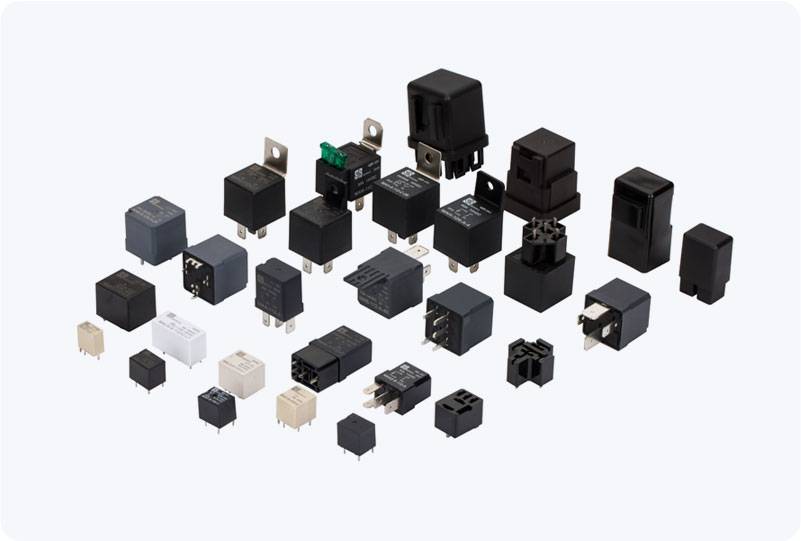understanding high voltage dc main relay: its importance and functionality
Release time:2025-05-04 17:20:19
High Voltage DC Main Relay is a crucial component in various electrical systems, particularly in industries dealing with high-voltage applications, such as power transmission, electric vehicles (EVs), and renewable energy systems. This relay plays an essential role in controlling and protecting electrical circuits from potential damage caused by overloads, short circuits, or other abnormalities. In this article, we will delve into the functionality, importance, and applications of High Voltage DC Main Relays, highlighting their significance in ensuring the safety and reliability of high-voltage direct current (DC) systems.

What is a High Voltage DC Main Relay?
A High Voltage DC Main Relay is an electrical switch used to control the flow of direct current (DC) in high-voltage systems. Unlike typical relays, which are used in low-voltage applications, the main relay in high-voltage DC systems is designed to manage significantly higher voltages—often exceeding several hundred volts. These relays are essential in safely connecting or disconnecting electrical circuits in a system, and they help prevent damage from electrical faults by isolating circuits during abnormal conditions.
High Voltage DC Main Relays are designed to operate under extreme conditions, including high temperatures, electrical stresses, and potential electromagnetic interference. As a result, they are built using high-quality materials and advanced technology to ensure reliability and safety in high-voltage environments.


